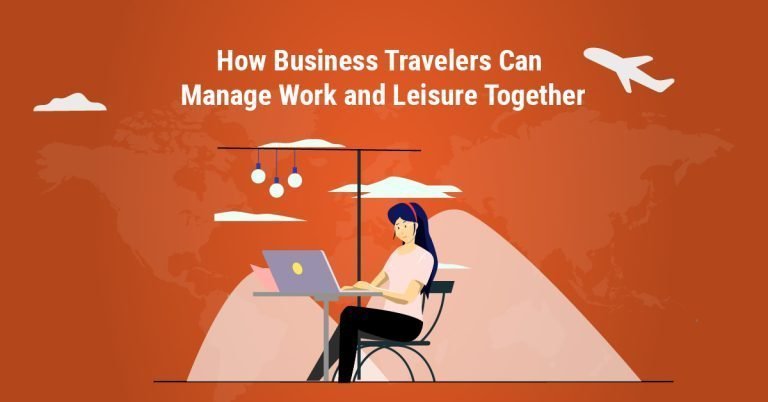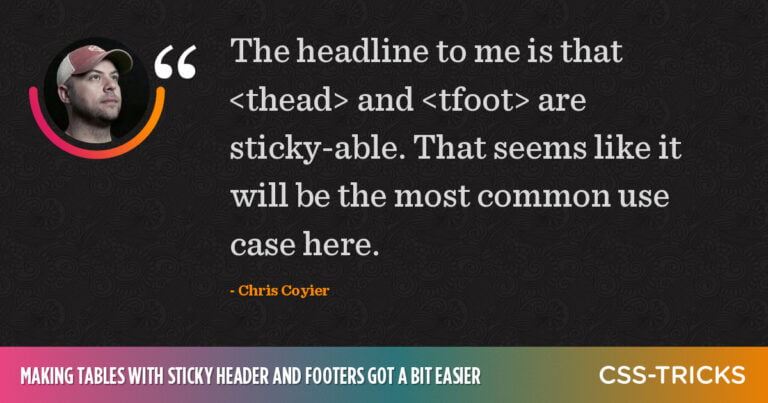Try asking 10 companies what a product owner is and you may get 10 different answers. Better yet, try asking 10 people within the same company.
You’d be hard-pressed to find a standard implementation of the PO role across organizations. But if you want to thrive as a product owner — or collaborate well with one as a product manager — you’d better understand what the role is and what it is not.
In this guide, I’ll walk you through common antipatterns, responsibilities, and variations of the product owner role in agile teams.
Table of contents
Table of Contents
What is a product owner?
The product owner, on the other hand, is assigned to a team (or multiple teams) and operates at a tactical level. The PO aims to maximize value through creating and managing the product backlog and acting as the voice of the customer.
The product owner role focuses on development and implementation through short-term activities and helping the product development team(s) understand what needs to be done. Basically, the PO’s job is set up the team to create a reliable, scalable, secure, and maintainable solution.
What are a product owner’s responsibilities?
A product owner is responsible for maximizing the value of the team’s activities. This person is accountable for outcomes, not outputs.
When it comes to scrum, the product owner’s responsibilities are as follows:
- Define product goals so that backlog items emerge as needed to progress toward the goal
- Set sprint goals to ensure scrum teams have a common and well-understood mission to pursue
- Maintain the product backlog and groom it to maximize the value these activities deliver
- Lead sprint planning to communicate clearly what is expected of the team
- Facilitate sprint reviews to engage stakeholders and report on your progress
- Host refinement sessions to build a shared understanding among the team
That said, the job is not limited to these responsibilities. To thrive as a product owner, you must go beyond scrum because the framework is incomplete by design.
When product owners limit themselves to scrum, they tend to fall into a backlog owner trap in which they get obsessed with execution and forget about strategy.
In addition to their scrum responsibilities, the product owner must also be involved in the following:
- Product vision, setting medium- to long-term goals, establishing an overall mission, and communicating with the team
- Product strategy, defining boundaries and constraints to enable the team to accelerate decisions
- Go-to-market strategy to get products in users’ hands in a timely manner
- Product discovery to separate good ideas from bad ones and uncover what matters most to end users
- Measure results to continuously adapt the course of action to benefit from the best opportunities
Product owner vs. product manager
The responsibilities and activities of a product owner vs. product manager often overlap, but the roles and areas of accountability are not interchangeable.
To summarize the difference as simply as possible: The product manager focuses on building the right product, while the product owner focuses on building the product right.
The table below compares the responsibilities, tasks to be managed, and skills required to fulfill them between the product owner vs. product manager role:
| Product manager vs. product owner: Tasks to manage | |
| Product manager | Product owner |
| Owns relationship with the business and customer | Represents the voice of the customer |
| Owns product vision and roadmap | Contributes to product vision and roadmap |
| Owns program backlog | Owns team backlog(s) |
| Defines features and releases | Defines iterations and stories |
| Tracks market changes and trends | Accepts iterations increments |
What a product owner is not
Understanding the antipatterns and pitfalls associated with product ownership is the key to avoiding them. That includes understanding what product owners are not responsible for.
A product owner is not a:
- Boss — Scrum has no hierarchy. Product owners are peers with the other team members
- Stakeholder pleaser — The job of a product owner is to create value, not to do whatever stakeholders want. It’s important to understand that stakeholders’ desires may not always align with end users’ needs
- Solution designer — It’s a mistake to think product owners define the solutions and developers implement them. In reality, product owners should identify valuable opportunities to pursue and craft solutions together with the team
- Story writer — Many product owners work with user stories, but that doesn’t mean you should all your time writing detailed stories. The goal is to provide guidance and empower teams to create value instead of telling them what to do
Another common point of confusion stems from the inconsistency with which different agile frameworks define the role. For example, a scrum product owner is entirely different from a SAFe product owner. The first has an end-to-end responsibility, while the second is limited to execution.
SAFe has a product manager to take care of strategy. In scrum, strategy is on the product owner’s shoulders.
Unfortunately, this isn’t a black-and-white definition. This discussion can get complicated because people have strong opinions about it.
In my experience, end-to-end responsibility leads to ownership and better results. When responsibilities are divided between roles, it creates a blame game.
For example, when there’s a failure, the product manager blames the product owner for poor execution. Meanwhile, the product owner blames the product manager for poor strategy. That’s why I recommend having end-to-end responsibility and smaller teams.
Skills and characteristics of a good product owner
It’s challenging to be a product owner. Expectations are high and pressure comes from all layers of the organization. The upside is that you increase the odds of standing out when you have specific skills.
A good product owner is someone who excels in the following areas:
- Communication — You will talk to many people at different levels. The ability to deliver relevant information to particular audiences in a timely manner is paramount. The ability to listen and understand people is equally crucial
- Focus — Various stakeholders will push you to commit to several things simultaneously. Getting the team focused on one goal at a time is critical to drive great results
- Leadership — Great product owners are great leaders because they create an environment in which great ideas rise to the surface
- Prioritization — Mastering the art of saying no distinguishes good product owners from bad ones. The challenge is to keep relationships sustainable while also standing your ground
- Business savvy — You’ve got to understand the business you’re in, the mechanics of it, and the business model. Without that understanding, you won’t be able to set valuable product strategies
- Technical acumen — You may not be a software engineer, but you need to know how to connect the dots. Without any technical understanding, it’s harder to work with software engineers
With the above skills, you will be ready to face the inevitable challenges ahead of you.
Challenges faced by product owners
You will face many challenges as a product owner. That’s part of the game. But knowing how to create value while effectively dealing with those challenges is what separates a good product owner from a great one.
The most common challenges product owners face include:
Pressure for predictability
If you tell your business stakeholders, “We’re focusing on goals and we don’t know exactly what we will create,” they’re unlikely to take that sitting down. They’ll almost certainly push you to define in certain terms what is to be done and by when.
It’s a tough challenge, but collaboration and alignment can help you navigate it.
Pressure for speed
A common antipattern is believing that more features lead to more values. Stakeholders always want you to increase the team’s output speed. If you fall into that trap, you’ll find yourself running a feature factory.
In the digital product world, less is more. Focus on outcomes, not outputs.
Project management
Be careful: product ownership involves aspect of project management, but you’re not a project manager.
Doing risk management, timelines, and command and control is easy. The main difference is getting comfortable operating without plans. You don’t need to define 10 steps ahead of the team. You need to set a goal, determine the first step, and adapt incrementally.
Requirements
Requirements are tricky. In classic software development, requirements define what you must do. But in modern product development, you don’t need to gather requirements. What’s important is understanding the context, success criteria, and objectives.
It defines you must do something, which is the case of classic software development, but not with modern product development. You don’t need to gather requirements but understand the context, success criteria, and objectives.
Final thoughts
Wearing the product owner’s hat can be daunting given the scope of accountability. You will fail several times before you succeed; that’s part of the journey. Curiosity and willingness to adapt continuously will help you grow into the role quite nicely.
Another thing to consider is the conditions you have to play this game. Most companies won’t offer you the conditions you find in books like Inspired or Empowered by Marty Cagan. Still, you’ve got to get the job done.
My best advice for product owners is to understand the cards you’re dealt and make the best move with what you have in front of you. Don’t waste time complaining about the cards you don’t have. Act, move, learn, and improve.
Featured image source: IconScout
The post What is a product owner? Role and responsibilities for scrum teams appeared first on LogRocket Blog.
from LogRocket Blog https://ift.tt/2ZEg6fa
Gain $200 in a week
via Read more






